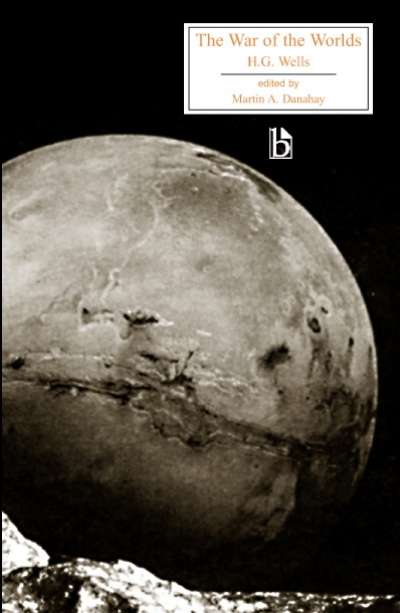Flatland (1884) is an influential mathematical fantasy that simultaneously provides an introduction to non-Euclidean geometry and a satire on the Victorian class structure, issues of science and faith, and the role of women. A classic of early science fiction, the novel takes place in a world of two dimensions where all the characters are geometric shapes. The narrator, A Square, is a naïve, respectable citizen who is faced with proof of the existence of three dimensions when he is visited by a sphere and is forced to see the limitations of his world.
The introduction to this Broadview Edition provides context for the book’s references to Victorian culture and religion, mathematical history, and the history of philosophy. The appendices contain contemporary reviews; extracts from the work of fellow mathematical fantasy writer/mathematician Charles Hinton; Hermann von Helmboltz’s “The Axioms of Geometry” (1870); and autobiographical passages from Abbott’s The Kernel and the Husk (1886).
Comments
“Part mathematical exploration, part satire, and part fairy tale, Flatland: A Romance of Many Dimensions by Edwin Abbot has been around for more than a century and remains a standard in mathematics education…The Broadview Edition of the book combines the text with a variety of notes and essays that enhance the reading and study of this classic.” — Bill Wood, The Mathematical Association of America
“Handing its reader the full range of Abbott’s cultural sources and pedagogical motives in one volume, Lila Marz Harper’s edition of Flatland is a welcome event. Her detailed introduction provides a comprehensive overview of Flatland’s intellectual landscape and a generous sampling of current critical discussion. The content of the appendices is well chosen; especially useful is the lengthy selection from Jowett’s translation of Plato’s allegory of the Cave. Placing Abbott’s perennial mathematical parable and curious social critique squarely into its Victorian contexts, Harper also traces Flatland’s deep philosophical roots and spiritual aspirations.” — Bruce Clarke, Texas Tech University
“Among the most enduring works of Victorian fiction, Flatland justly continues to attract both popular and scholarly attention. Lila Marz Harper’s richly annotated edition rewards readers by illuminating a variety of perspectives that can be profitably adopted when exploring Abbott’s imaginative worlds today. Her introduction effectively contextualizes Flatland as reflecting mathematical innovations, progressive hermeneutics, spiritualism, social institutions, and national identity in nineteenth-century England. The meticulously compiled appendices are invaluable for providing contemporaneous responses and intellectual alternatives to, as well as appropriations of, Abbott’s genre-defying work. Harper has made an outstanding, multidimensional contribution to Flatland scholarship.” — K. G. Valente, Colgate University













